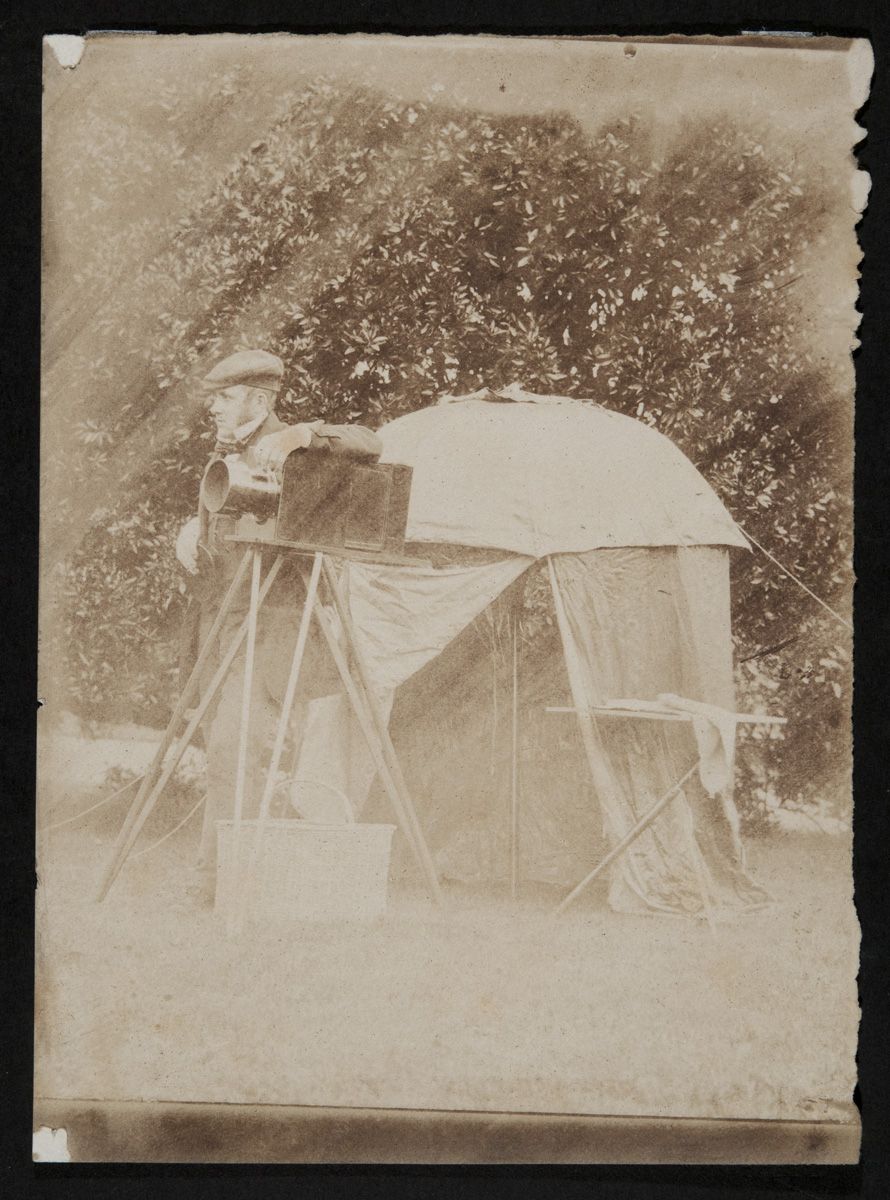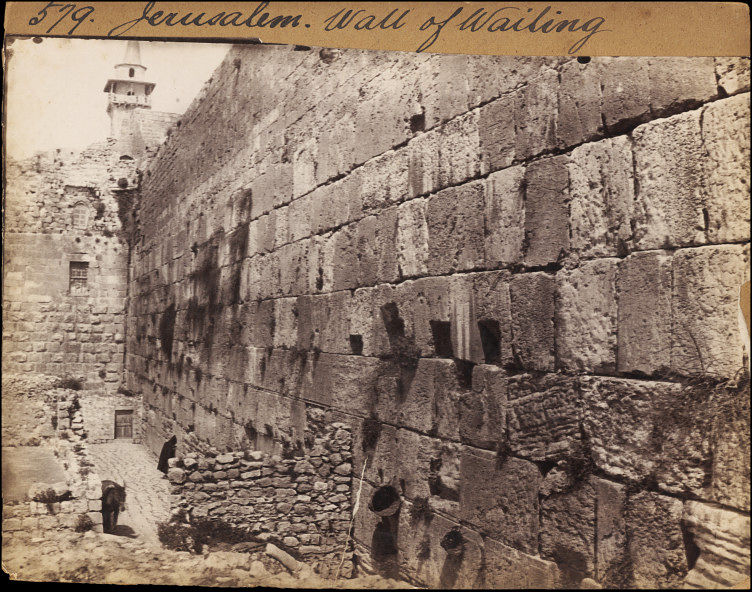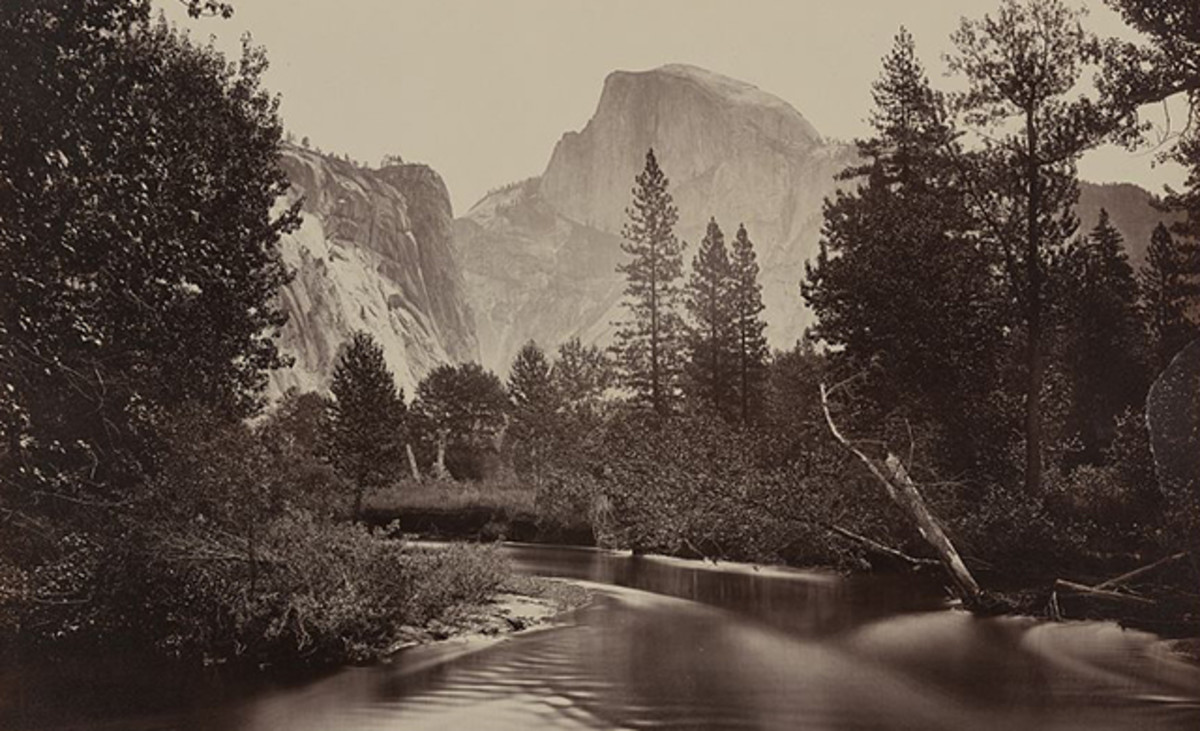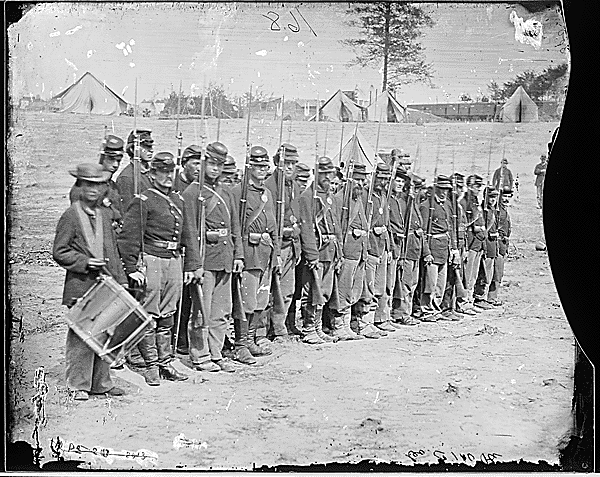Although photographic processes existed fairly early in the 19th century, the first convertible lens was not produced until about 1840. This lens, commissions via a design contest by the French society for the advancement of the industry (Société d'Encouragements pour l'Industrie Nationale), was designed by Charles Chevalier and called the "l'Objectif double à verres combinés." The lens was comprised of two curved glass disks inside a metal barrel, and by changing part of the barrel (and therefore swapping out one of the glass disks), the photographer could alter the focal length to change between a lens best for wide shots (landscape) and singular focus (portrait).
 |
| an add for Chevalier's lens (shown in both focal lengths) |
 |
| View of the Seine, Paris, 1843, Charles Chevalier (and presumable shot with his lens) |
Although submitted too late for consideration in the Societe's contest, another lens designed at the same time provided a much clearer portrait image. Designed by Joseph Petzval, a mathematics professor at the University of Vienna, the Petzval lens used complex mathematical equations applied to the spacing and curvature of the glass disks within the barrel to produce the fasts reflection of a flat field possible. The lens was quite sharp in the central focal point of the image and provided a much better resolution than Chevalier's lens.
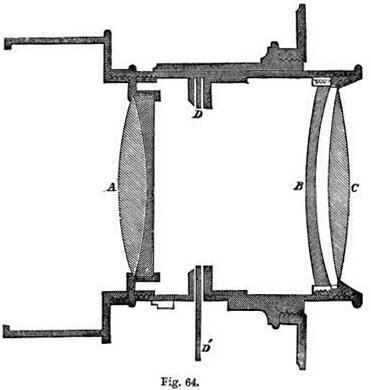 |
| diagram of Petzval's design |
 |
| Soldier, Crimea, 1850s |
 |
| Soldier, crimea, c.1855 |
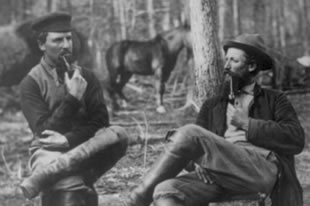 |
| soldiers at camp, c.1861-65 (note how only one face is in focus) |
 |
| Norwegian women, date unknown |
In previous posts in this series, I've discussed how images contribute to our understanding of the past, and the way evolving image-processing technology allowed photographers to leave the studio and bring the world home. If this was interesting, check them out!
Sources:
http://www.oldphotographiclenses.com/about_the_book.html
http://antiquecameras.net/buron.html
http://microsites.lomography.com/petzval-lens/


